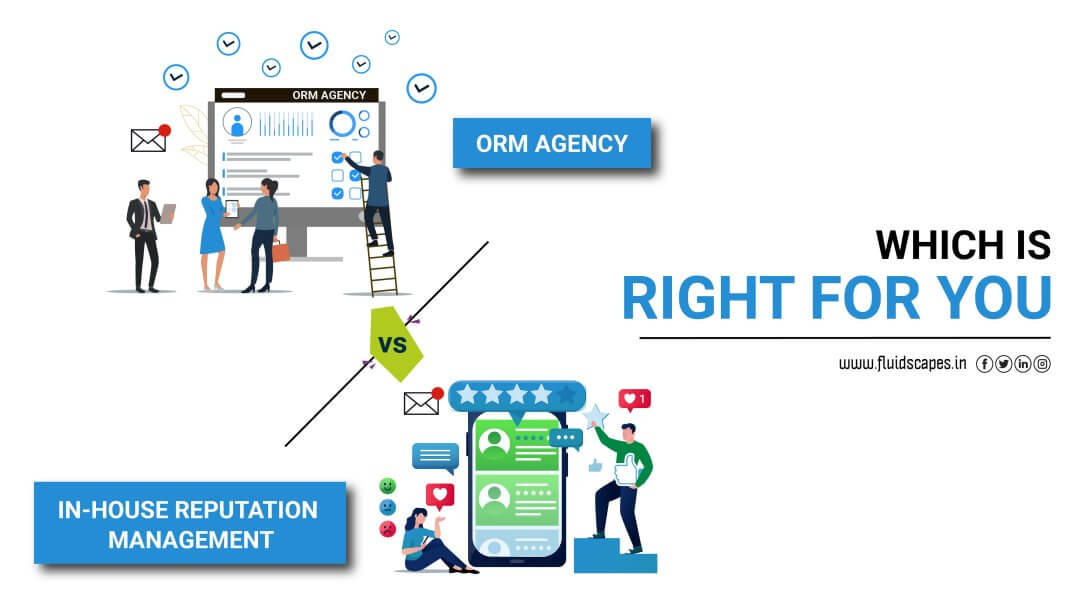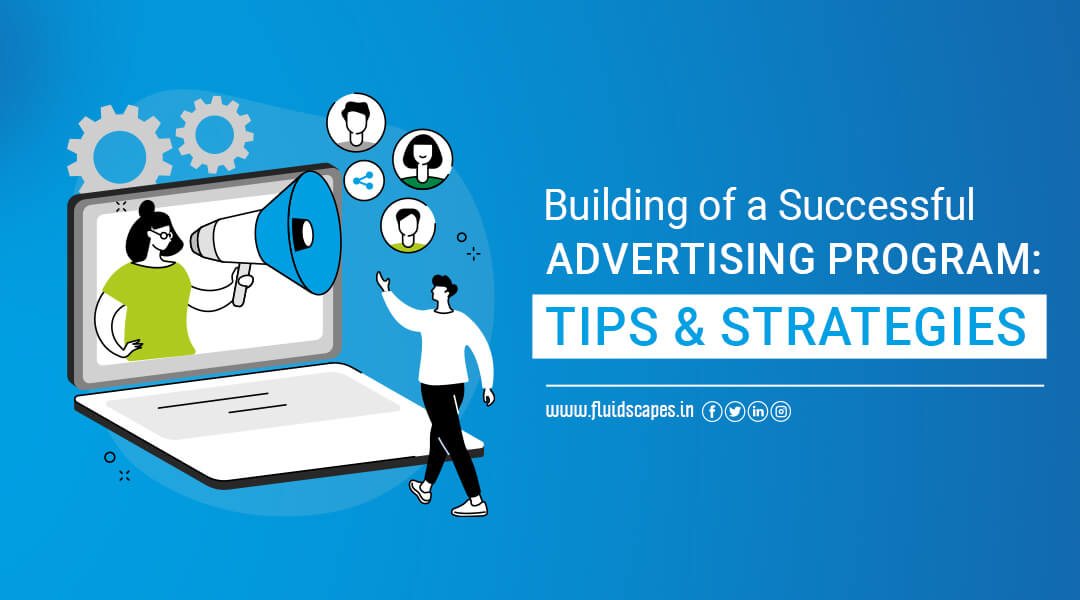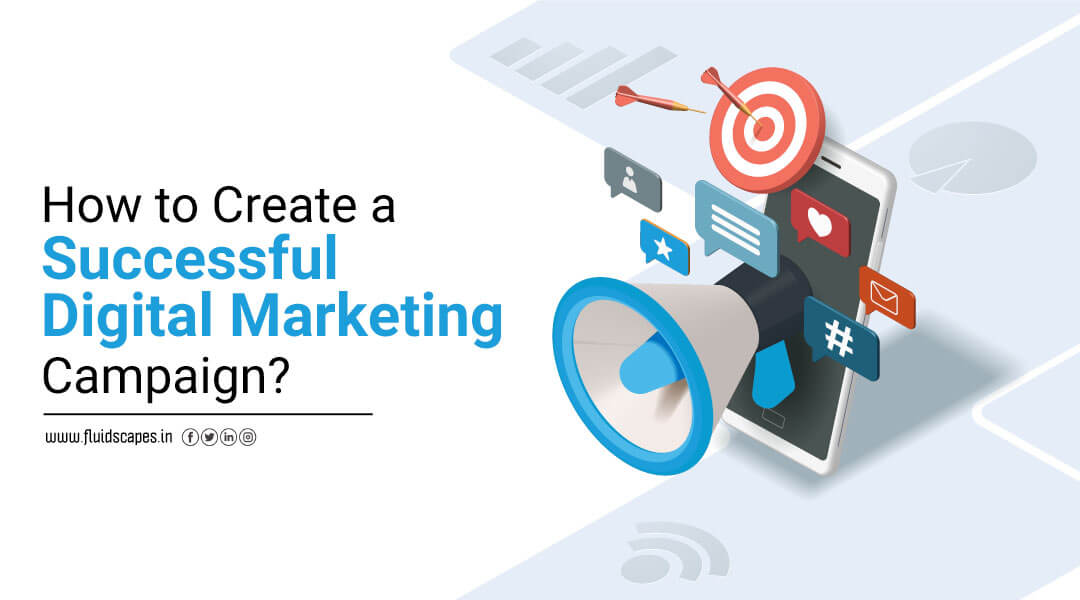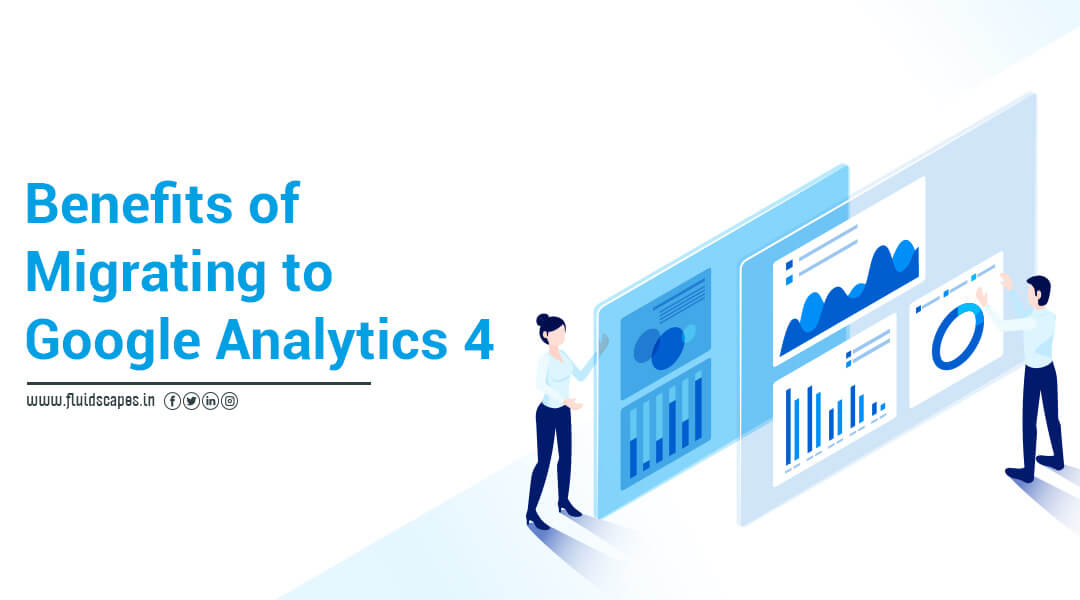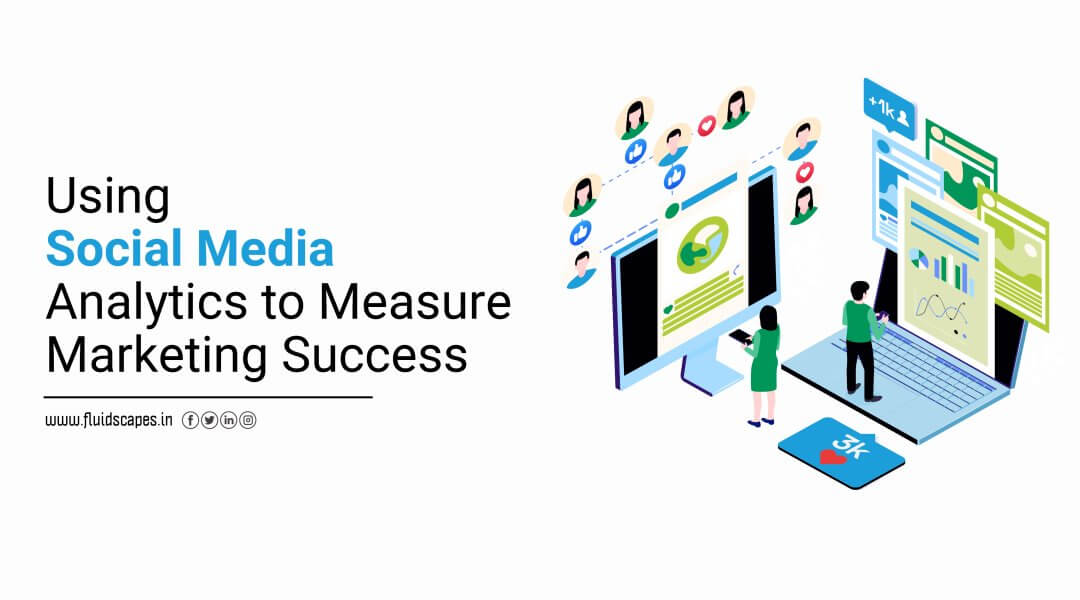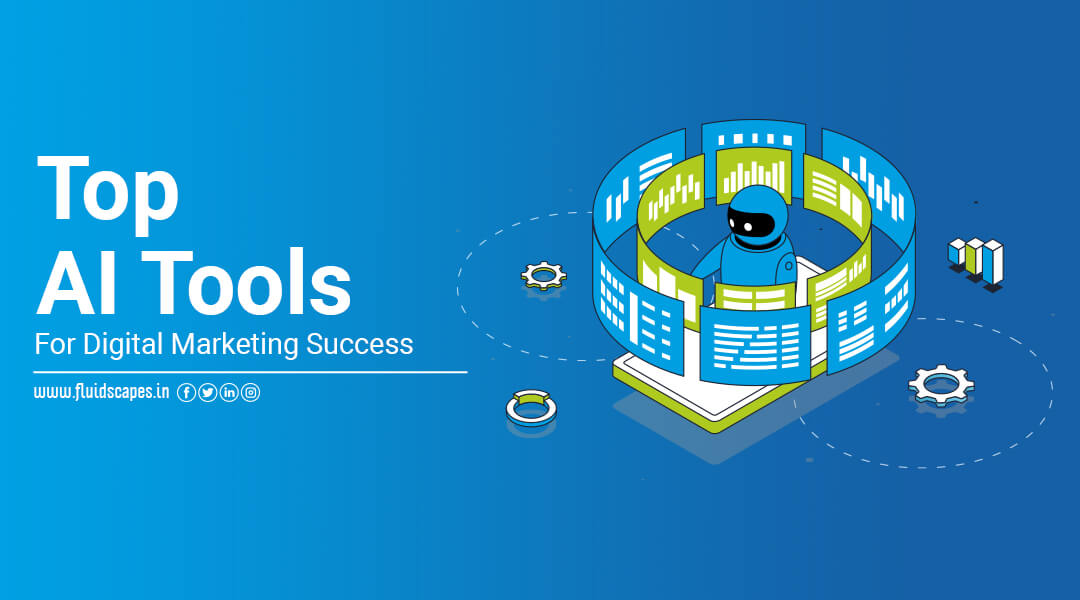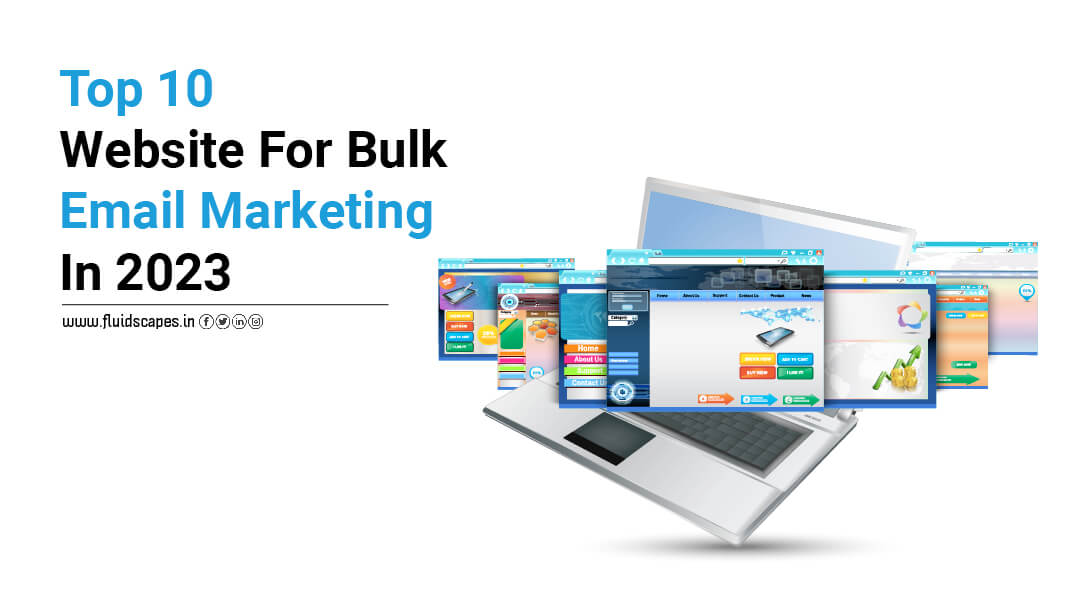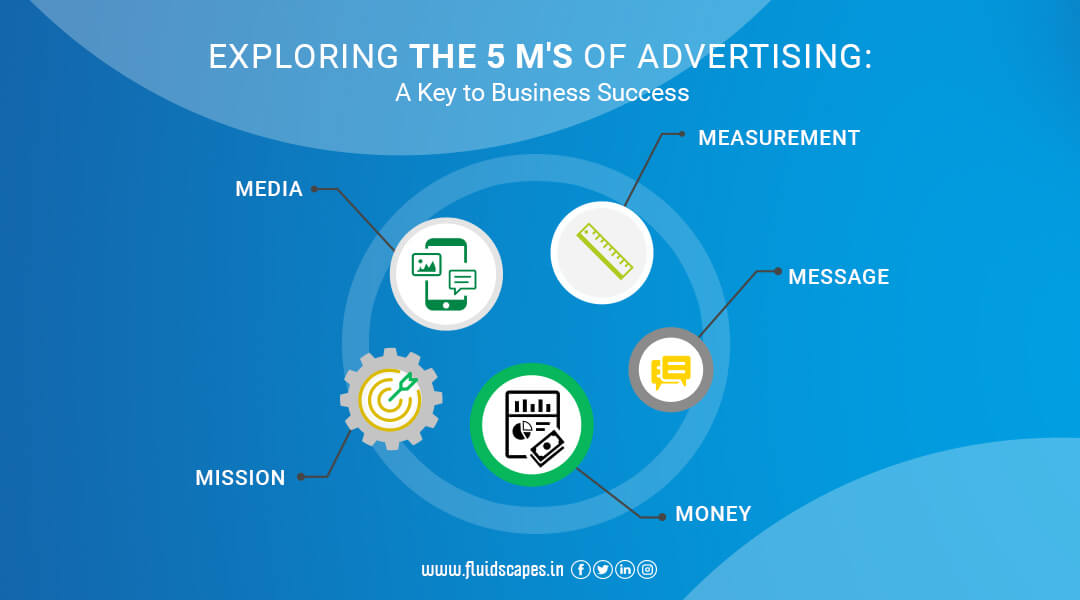
Exploring the 5 M’s of Advertising : A Key to Business Success
Launching an ad campaign typically requires a series of considerations and deliberations regarding mission, money, message, media, and measurement – the 5 M’s of advertising. Understanding these elements of advertising is critical for a marketing manager to optimize the success of the campaign.
What are the 5 M’s of advertising?
The 5 m’s of advertising are Mission, Money, Message, Media, and Measurement. They serve different purposes. The details are as follows:
- Mission: What are the goals of the marketing effort?
- Money: How much funding is needed to accomplish the goals?
- Message: What is the message and what is the message strategy that will be used?
- Media: What media channel(s) will be used to convey the message?
- Measurement: How should the effectiveness of the ad campaign be assessed?
Marketing managers always begin by looking at the target market and the potential of the product in that market before working out an advertising strategy, which is built upon the five key elements that make up the “5 M’s of Advertising.” as explained below:
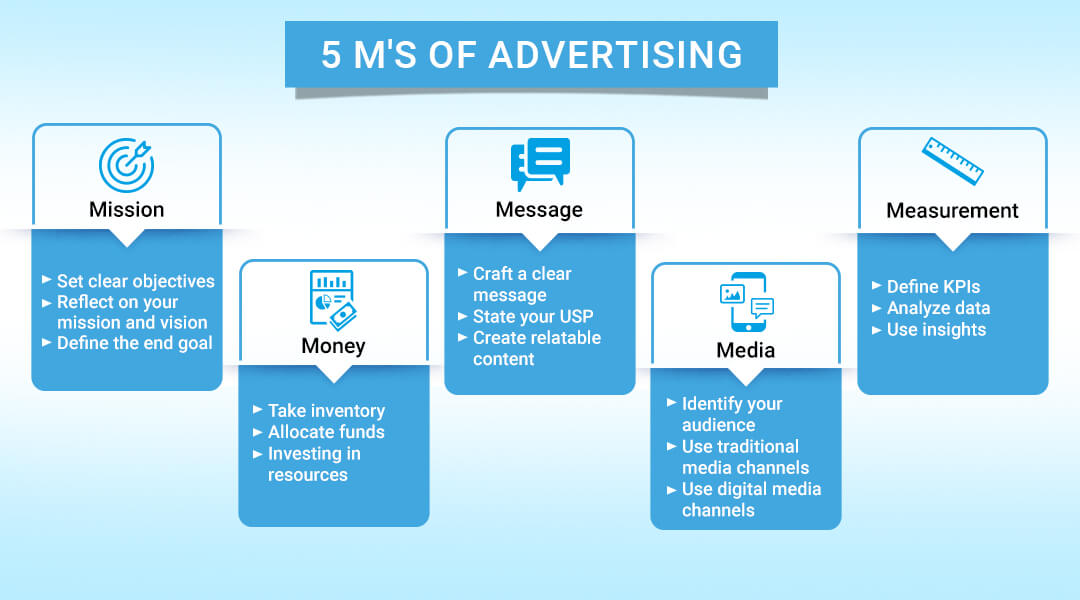
Mission
What is the objective of the campaign? Broadly, there can be three types of objectives:
- To promote the brand – brand promotion is the most common objective of advertising.
- To disseminate information and increases awareness – common examples are:
- Informing the launch of a new product or opening of a branch
- Informing an upcoming version of a product
- Informing an upcoming branch or shop in a new market
- Highlighting features of a product or service
- Educating the market about the best way to use a product
- Informing special offers or changes in price
- Rectifying negative perceptions about a product
- To remind – To make the potential customers keep waiting for an event promoted by the brand, opening of a new branch, and the like.
ORM, Virtual Financial Services, ATL/BTL Marketing, Project Management, Brand Management, SEO, Web & App Development and much more.
*Your details are safe with us. We do not share or spam our valuable visitors*
Interested to find out how we could help you? Drop in your email and number and we’ll get right back!
Money:
Although money is not the main factor for the success of an advertisement, it plays an important role in determining the length and volume of reach of your promotional campaigns. In the context of advertising, money denotes the budget for advertising.
The budget of an ad campaign may vary depending on:
- Nature and type of product
- Nature, habit, buying capacity, and other characteristics of the target audience
- The geographic segmentation of the market
- Type of media used for the campaign
- Time duration of advertising
Five important thumb rules to decide the allocation of money in an advertising:
Product Life Cycle (PLC) Stage:
Large advertising expenses are frequently allocated to new products to raise awareness and encourage consumer testing. As a percentage of revenue, established brands are often maintained with smaller advertising budgets. It’s critical to understand what PLC stage the product is in.
Market Share:
Brands with a large market share typically spend less on advertising to keep up their market share. Increased marketing costs are necessary to gain a larger share of the market. Reaching customers of a popular brand is less expensive from a cost-per-impression perspective than reaching consumers of brands with a small market share.
Competition:
In a market with a large number of competitors, a brand must advertise more heavily to be heard above the noise in the market. Even the smaller but active brands in a market may cause the need for heavier advertising. The frequency of ads needed to put across the brand’s message to consumers has an important impact on the advertising budget.
Brand Promotion:
A brand needs to spend more money on advertising in a market with many competitors in order to be heard above the din. Smaller but nonetheless active brands in a market might require more aggressive promotion by a bigger brand. The frequency of advertisements to establish the brand’s message also has a significant impact on advertising expenditure.
Commodity Classes:
For the brands of specific commodity classes, like cigarettes, beer, soft drinks, etc., extensive advertising is necessary to create a distinctive image. Advertising is also necessary to spread out the message if a brand can provide specific physical advantages or qualities.
Message:
The success of the advertisement is heavily dependent on the advertising message. The message here refers to the advertisement’s content, which can be of multiple types or forms, such as voice, video, photographs, and text.
There are fundamentally two types of message generation:
Inductive:
Brainstorming is necessary for this approach. Customers can be a good source for message creation. You can get enough insight and ideas from how they feel about the product, its advantages and disadvantages, and so on to create a compelling message. Similarly, dealers, suppliers, professionals, and even competitors can be possible sources of messaging ideas.
Deductive:
The deductive method for message creation is founded on the idea that a consumer expects four different kinds of rewards from a product:
- Rational
- Sensory
- Social
- Ego
Additionally, the buyer may envisage these benefits from three experiences, namely, results-of-use, product-in-use, or incidental-to-use experiences. This way, the marketers might pair the four different reward types with the three different experience types to create 12 different messages.
Message Evaluation, selection, and execution:
Before finalizing a message, marketers conduct a thorough evaluation. A successful marketing strategy should centre on at least one unique selling point for the goods or services offered by the business.
Marketers can rank these messages according to desirability, exclusivity, and plausibility to assess the message. The messaging must first convey something appealing or intriguing about the product. Additionally, it must contain a feature that sets the product or brand apart from alternatives or competing items. In addition to these requirements, the message must be reasonable and trustworthy. The marketer should be in a position to support his/her claims.
Finally, comes the execution of the message. Execution is as important as the message itself to create the desired impact. Some advertisements seek intellectual placement, while others seek emotive positioning. When delivering a message, the style, tone, language, and format must all be kept in mind.
Media
Media disseminates the advertising message to the target demographic. It is how you transmit the message to the intended audience. The use of digital media for advertising has grown in recent years, owing to the rapid advancement of digital technology.
The following factors are to be considered while deciding on the best advertising medium:
- What geographical area is being targeted?
- The timing of advertising and media use.
- Choosing the media channels that are available in the geographical market within the specified time period.
- Choosing the best (most efficient and effective) media channel among the available options.
- Determine the media’s reach, frequency, and desired impact.
Measurement
The evaluation of the effectiveness of an advertising campaign is critical since it always aids in preventing future waste of money and aids in making essential corrections that are significant and vital for the subsequent advertising program.
The most common approach to measuring the efficiency of the advertisement programme is to conduct research on the effectiveness of the advertisement. There are two kinds of research:
- Communication-effect research
- Sales-effect research
Communication-effect research evaluates whether or not an advertisement communicates effectively. It is also known as copy testing and can be performed either before or after the advertisement is released (pretesting).
Sales-Effect In contrast, research assesses the efficacy of an advertisement in terms of sales. How effective the ad was at increasing sales can help the marketer estimate the ad’s effectiveness. Sales effect research is utilized less frequently because sales might be influenced by factors other than advertising, such as prices, packaging, product quality, availability, and other factors.
ORM, Virtual Financial Services, ATL/BTL Marketing, Project Management, Brand Management, SEO, Web & App Development and much more.
*Your details are safe with us. We do not share or spam our valuable visitors*
Interested to find out how we could help you? Drop in your email and number and we’ll get right back!
Source- Fluidscapes
We are one of the best digital marketing companies in India that provides online reputation management services to all types of organizations. We assist businesses to stay on top of the game by leveraging the latest technologies and breakthroughs in marketing strategies and business processes. Want to grow your business, even more, get in touch with us and we’ll tell you how.
POPULAR BLOGS




